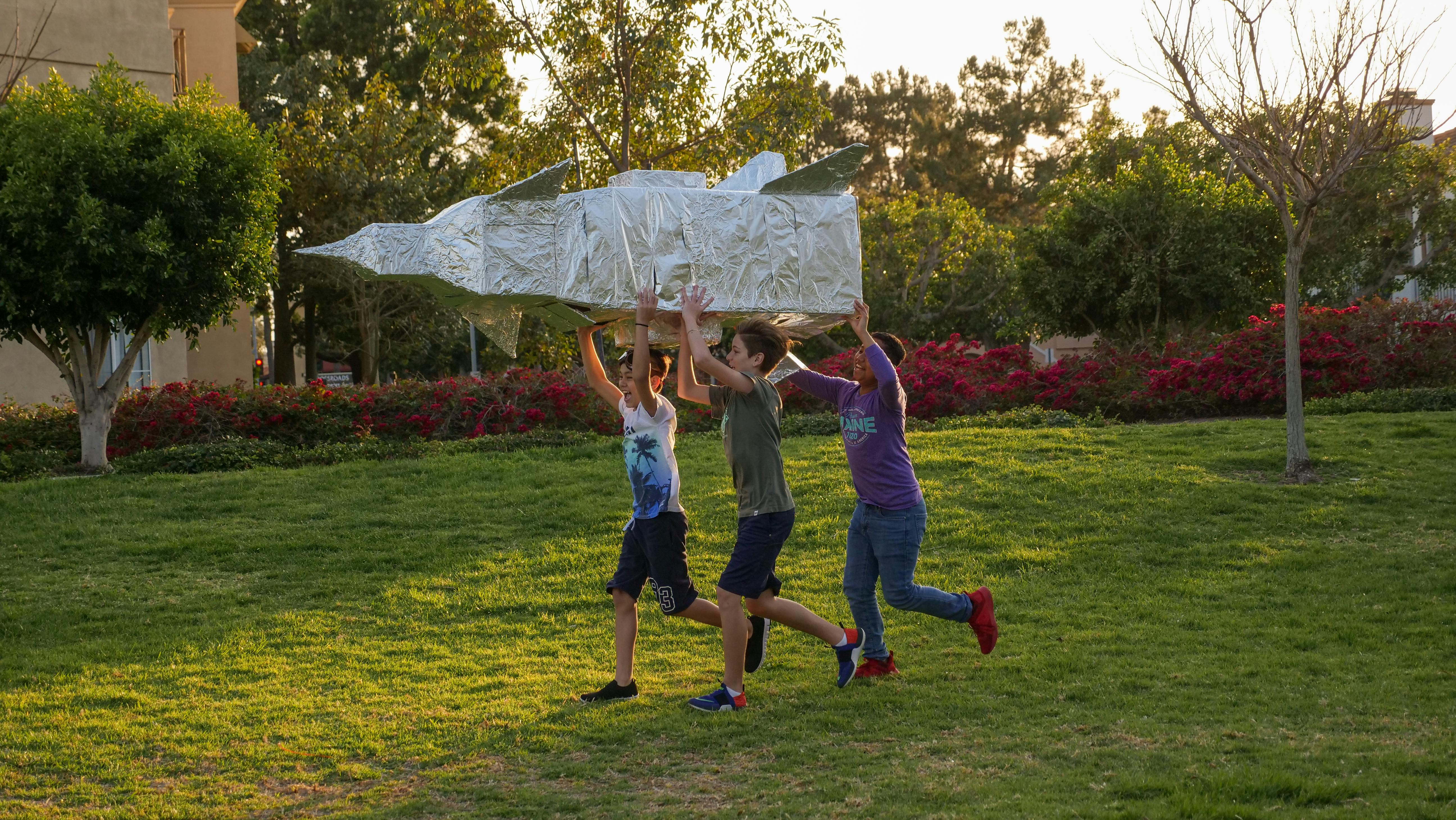
Puncture: an incursion in Guatemala
admin
- 0
I have just returned from nine days in Guatemala, and I thought I would write down some observations and impressions of the place. Having no prior knowledge, I had low expectations although I must admit that I had some prejudices due to its location next to Mexico.
Now I understand why Central America in general and to some extent Guatemala is so popular with Americans and especially with retirees. First, the climate is great and actually more welcoming than Florida’s, as its elevation above sea level provides a more temperate climate and less humidity, at least during the dry season. Second, the people are friendly and hard-working. Third, the cost of living is inexpensive. Fourth, in the case of neighboring Belize, Costa Rica, and Panama, English is spoken everywhere (not true in Guatemala).
Among my biggest surprises (even though I knew Guatemala was a poor country) was the fact that the roads are horrible and the driving is even worse. Between the spectacular topography (due to the mountains formed eons ago by earthquakes and volcanoes) and the fact that the vast majority of roads are cobbled or dirt, traveling around the country is not easy. And there is no rail or public transportation of any kind, probably due to the topography, unless you count the thousands of “chicken buses” that the locals take to get around. (Chicken buses are yellow school buses from the USA that have been artistically and uniquely painted and used to transport people and all kinds of cargo, including livestock, hence the name.) It was not surprising to learn that Guatemala ranks 116th on paved roads with just 4,700 kilometers (less than 3,000 miles) of paved roads, behind Western Sahara and before Tunisia.
Another big surprise, which I learned from asking about sending postcards, was the fact that two years ago, the country abolished its national postal system, so if you want to send mail, you need a private courier or DHL. Looking for tools in small towns, I noticed that most do not have street signs, so you have to wonder how mail was delivered even when the post office existed. No street sign tells me that all the activity in most parts of the country is very local, where everyone knows everyone else.
Probably my biggest surprise was to learn that there is no public education system in Guatemala, which means that children can only attend schools if their parents can pay to send them privately.
The most interesting part of the story I learned was about the relationship between Belize (formerly British Honduras) and Guatemala. According to our guide, centuries ago, England was granted permission to harvest timber (mahogany) from Guatemala in exchange for promising to build roads in Guatemala, but apparently not only did it not build roads, it took up more land than its permit allowed, and kept it, which later became known as British Honduras. To avoid a confrontation, England granted that occupied territory its independence and became known as Belize. Today Guatemala intends to appeal to the United Nations to regain that territory or at least be compensated for its misappropriation by England. Time will tell if they are able to prevail.
If you decide to go to Guatemala, keep in mind that traveling there carries significant risks, so your trip must be supervised by a professional tour guide, at least in a group format, or more preferably, a private tour guide (as we did) . There is no public transport, there are few traffic signs and streets, information about everything is scarce and YOU MUST SPEAK SPANISH to get anywhere or do anything!
We visit four areas: Guatemala City (the capital since 1700 and where the main airport resides), Tikal (where the most important settlement of the ancient Mayan civilization resides), Antigua (the old capital of Guatemala well preserved in the 1500, when It was ruled by Spain, later moved to Guatemala City after being decimated by an earthquake) and Lake Atitlán (a magnificent place formed in the valley of several volcanoes).
These areas give you a mix of Spanish (and Catholic) history in the country, history of the Mayan civilization, and some spectacular sites of natural beauty. If you have time, visit Chichicastenango (no, that’s not Pinky Tuscadero’s younger sister) when in the vicinity of Lake Atitlán, touted as the oldest and largest open-air market in Central America.
Also, we enjoyed visiting a coffee plantation near Antigua. I was surprised to learn that Guatemalan coffee is considered the third best quality in the world, behind Ethiopia and Kenya, although you would never know it since they produce it in relatively small quantities. By the way, the locals are not coffee drinkers. Their chocolate is also considered to be of very high quality, although the origin of the chocolate is apparently Brazil. By the way, the food in all the places we visited was tasty and freshly prepared. Lots of fresh fruits are served at all meals, including papaya, pineapple, watermelon, cantaloupe, berries and vegetables, and avocados. The staples of the Guatemalan diet include corn, rice, and beans.
My advice is to focus your visit on the two main areas of Antigua (for culture and history) and Lake Atitlán (for natural beauty). Tikal is heralded as a major attraction given its historical importance as the center of the ancient Mayan civilization, and its available sites are impressive. However, keep in mind that only about 20% of those artifacts and tombs have been unearthed as of this writing, so you won’t see most of what archaeologists believe lies buried beneath the surface. That was a bit disappointing. Also, visiting there will require a short flight or a long bus ride, as Tikal is located well to the north and east of the other two main attractions mentioned. You will probably need to fly to Guatemala City, but know that it offers few attractions and my advice would be to spend as little time as possible there.
Whenever I leave the US, I always return with great appreciation for many things that we take for granted here – words like stewardship, organization, efficiency, transparency, disclosure, communication all have greater meaning to me now. Guatemalans are hardworking, skilled and talented people, but given the dire state of their road and communications infrastructure and the fact that they do not have a public or free educational system, suffice it to say that they face a challenging future.
In case you are wondering about the title of this essay, you should know that “Pinchazo” is a Spanish word that has many meanings, including puncture (as in a tire) and acute pain (as in the kind that one experiences after many hours of trip. cobbled roads). It seemed like every mile or so, traveling the main roads, we would see signs that said “Puncture.” Not surprising since the roads are so bad. Our guide told us that not only do they wash their cars every day there, but they also check their breaks every two weeks.

